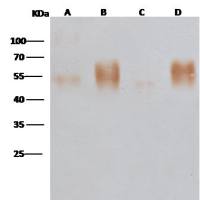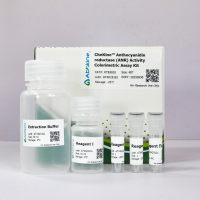Ras and Rac as Activators of Reactive Oxygen Species (ROS)
互联网
910
The investigation into the relationship between reactive oxygen species (ROS) and the signaling pathways of the Ras family of small GTPases has experienced a recent surge in interest. Known to cause DNA damage, and implicated in disease processes as wide-ranging as atherosclerosis and kidney disease, ROS have appeared in unlikely capacities within the Ras signaling pathway. Eschewing their evil ways, ROS have been shown to be essential for mitogenesis in Ras-transformed cells, and have been identified as mediators of a Rac-dependent anti-apoptotic signal in cells microinjected with activated Ras (1 ,2 ). The beneficence of ROS on Ras-transformed cells carries with it the macroscopic potential for selection and growth promotion of cancerous cells. Several investigations have suggested such a role for ROS, specifically superoxide (O2 s ), in a Ras-independent manner. Populations of SV40-transformed cells have been observed to undergo phenotypic reversion when transfected with Mn SOD,an enzyme that converts superoxide to hydrogen peroxide. Moreover, several investigations have demonstrated decreased levels of MnSOD in populations of cancerous cells (3 ,4 ). Together, these studies suggest a requirement for superoxide in the maintenance of the transformed state.








